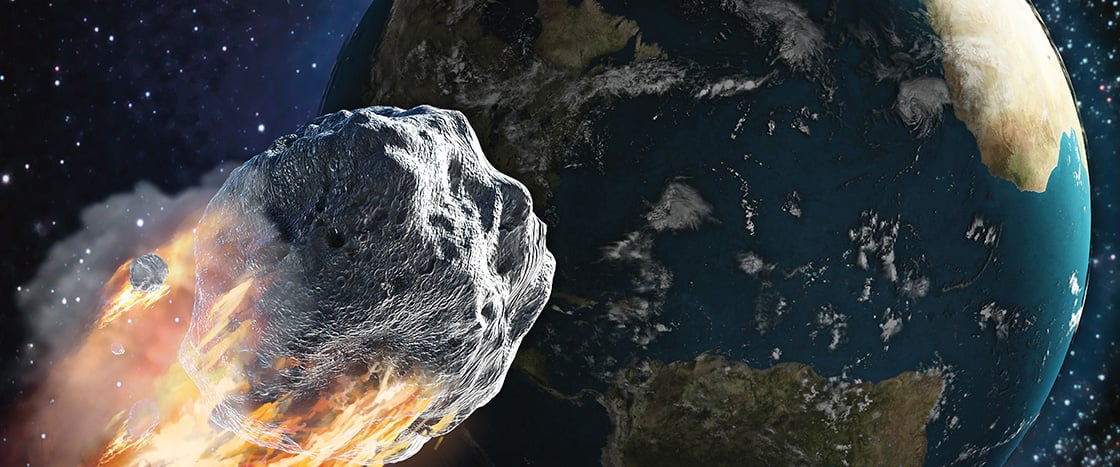NASA/Johns Hopkins APL
Nancy Chabot
She was standing with dozens of scientists and engineers. They were crowded into a physics lab in Maryland in September 2022. Some hunched over computers. Others gazed at a large screen at the front of the room. Their nervous eyes watched a live video taken from space. All they could see was a tiny dot of light surrounded by total blackness.
Chabot is a scientist who studies our solar system. For years, she had been working with scientists around the world. They had been studying two asteroids, or large space rocks. Their work was part of a NASA mission called the Double Asteroid Redirection Test (DART). Its goal was to launch a spacecraft and crash it into one of the asteroids. Then they would see what happens.
Why would scientists want to crash a spacecraft into an asteroid? To protect our planet! Thousands of asteroids fly past Earth all the time. If a large asteroid were to hit our planet, the result could be devastating. (See How Deadly Could Asteroids Be?)
That’s why in 2015, scientists and engineers began working on the DART mission. If they could use a spacecraft to nudge an asteroid, they reasoned, they could push a dangerous space rock off its path toward Earth. Our planet would be safe!
Nancy Chabot held her breath. She stood in a crowded physics lab. It was in Maryland. It was September 2022. Everyone was nervous. Some people bent over computers. Others stared at the front of the room. They watched a large screen with a live video. It was taken from space. The scientists could see only a tiny dot of light. Around it was totally black.
Chabot studies our solar system. She focused on two asteroids for years. Asteroids are large space rocks. She’d been working with scientists around the world. The work was part of a NASA mission. It was called the Double Asteroid Redirection Test (DART). The goal was to launch a spacecraft. Scientists would crash it into one of the asteroids!
Why would scientists want to crash a spacecraft into an asteroid? To protect our planet! Thousands of asteroids fly past Earth all the time. It’s possible that a large space rock could hit our planet. The result would be terrible. (See How Deadly Could Asteroids Be?)
That’s the reason for the DART mission. It began in 2015. The idea was to use a spacecraft to move an asteroid. It would push the space rock away from Earth. Our planet would be safe!

